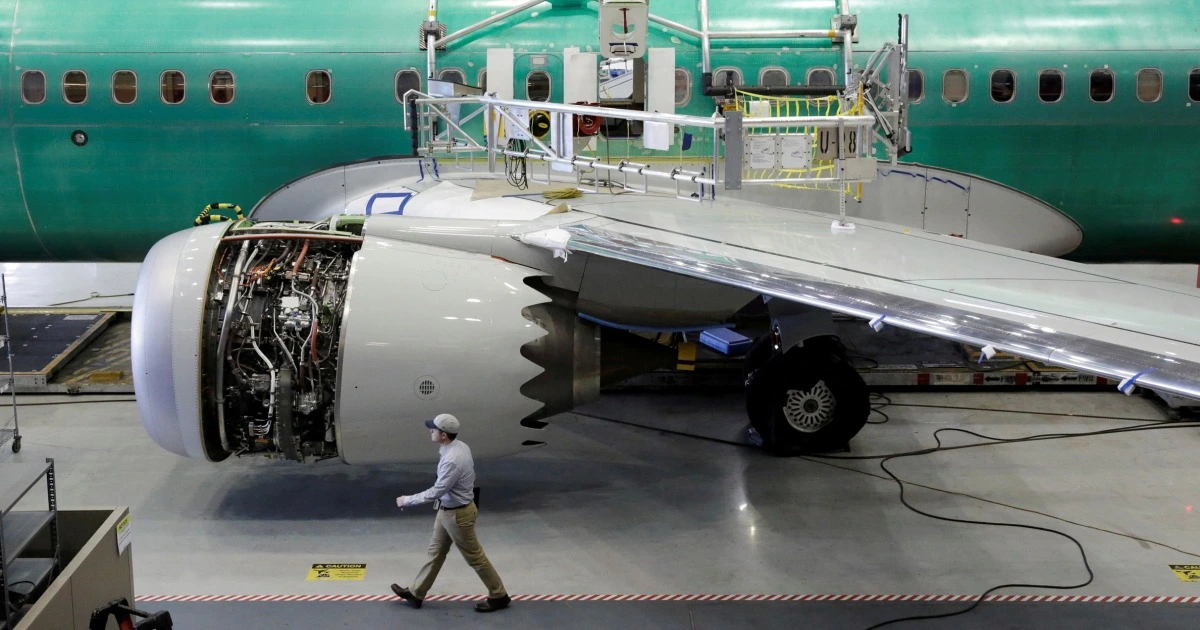Boeing’s safety culture is 'inadequate' and 'confusing', new FAA report finds
Boeing’s safety culture is 'inadequate' and 'confusing', new FAA report finds

Boeing’s safety culture is 'inadequate' and 'confusing', new FAA report finds

“We’ve taken important steps to foster a safety culture that empowers and encourages all employees to share their voice. But there is more work to do,” Boeing said Monday.
A new report by federal safety experts found major issues with Boeing's safety culture — including a "disconnect" between senior management and other employees, and a fear of retaliation when reporting safety concerns.
The report released Monday had been requested by Congress and was completed by a panel of experts that convened in March 2023.
The report found “gaps in Boeing’s safety journey” and described the safety culture as “inadequate” and "confusing.”